
Already Have An Account? Login



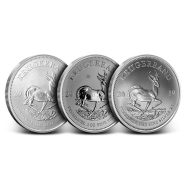
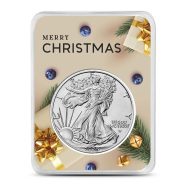
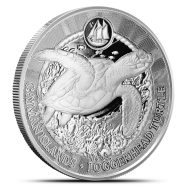
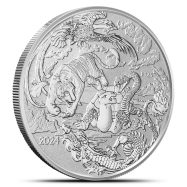
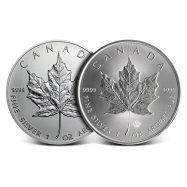
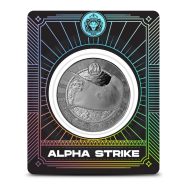
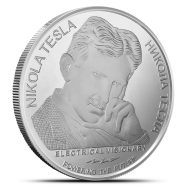
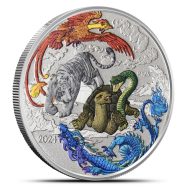
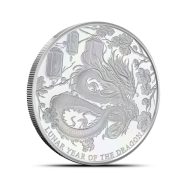

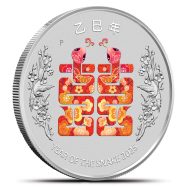
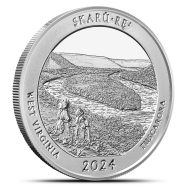
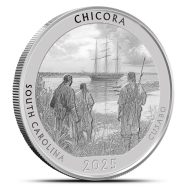
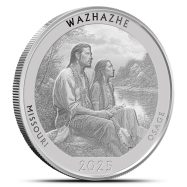
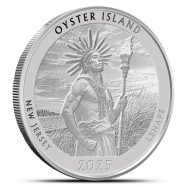
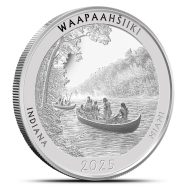
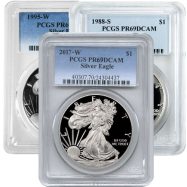
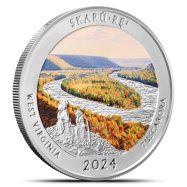
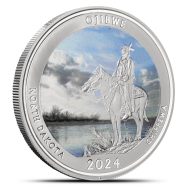
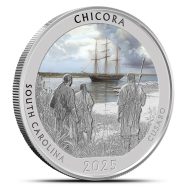
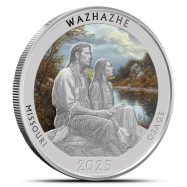
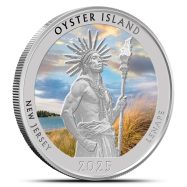
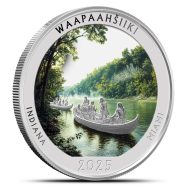
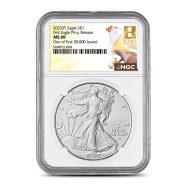

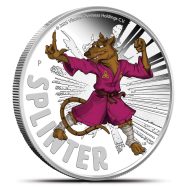
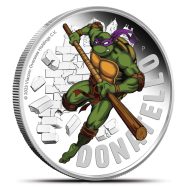
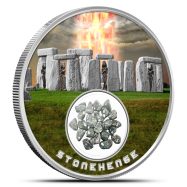
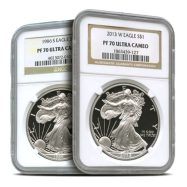
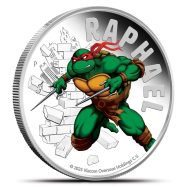
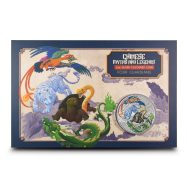
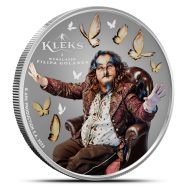
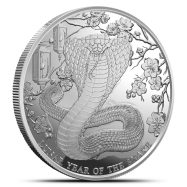

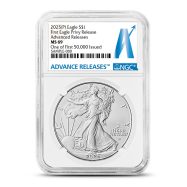
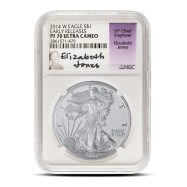
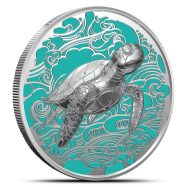
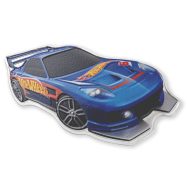
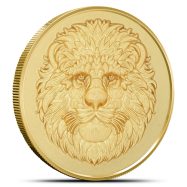
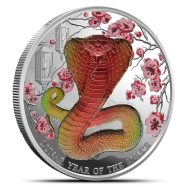
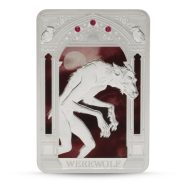
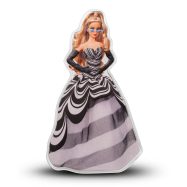
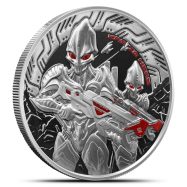
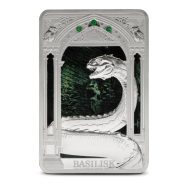
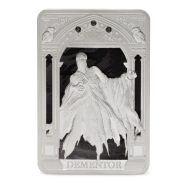
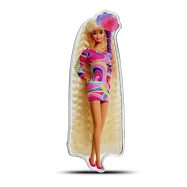
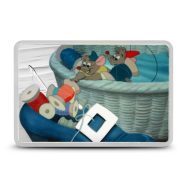

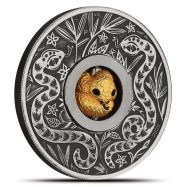
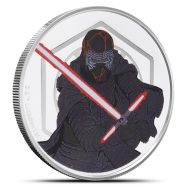
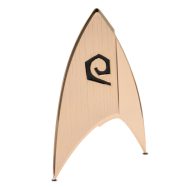

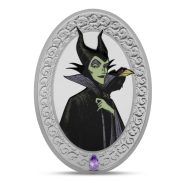
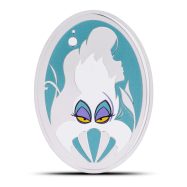
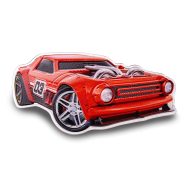
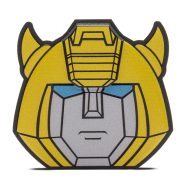
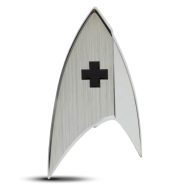

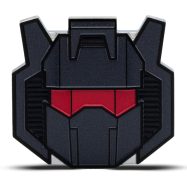



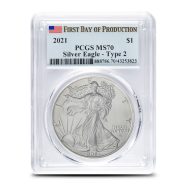
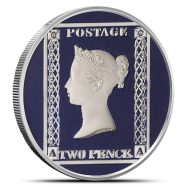
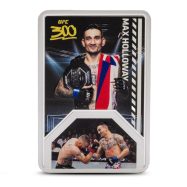
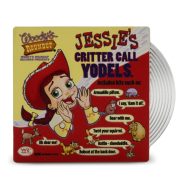
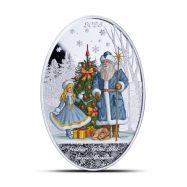
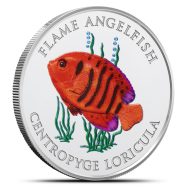
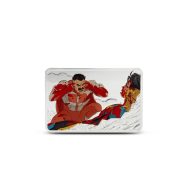
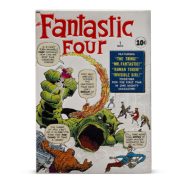
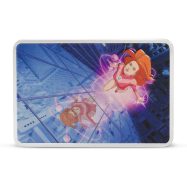
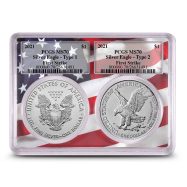

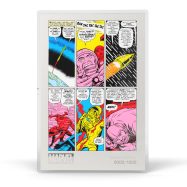
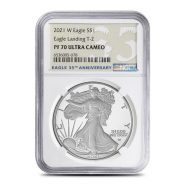
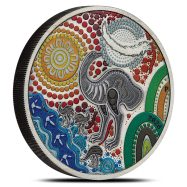
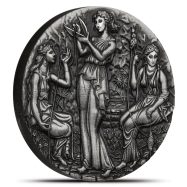
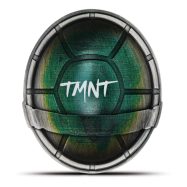



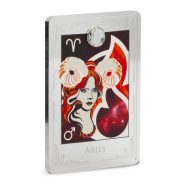
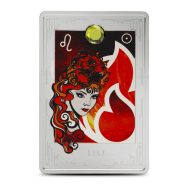

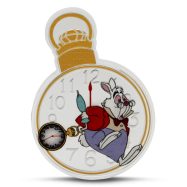
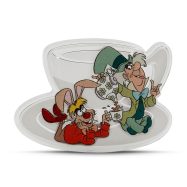

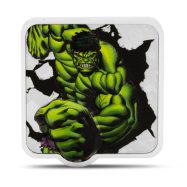



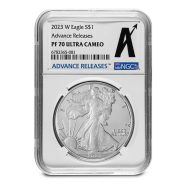

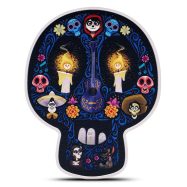
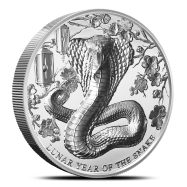
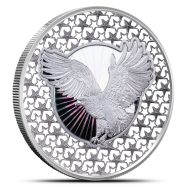
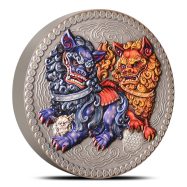
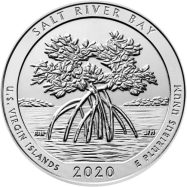
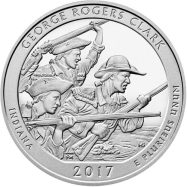
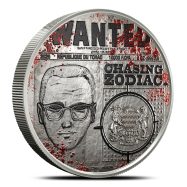
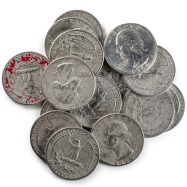
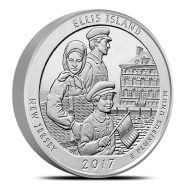
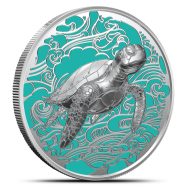
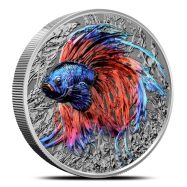
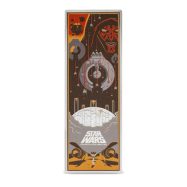
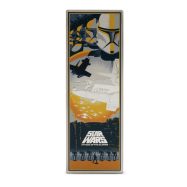
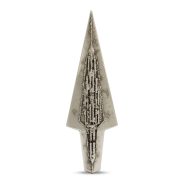
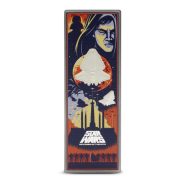
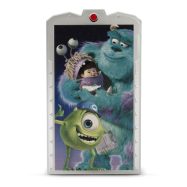
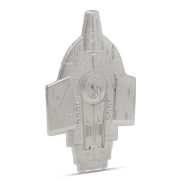
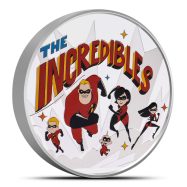


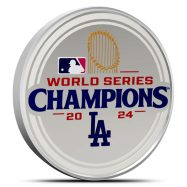



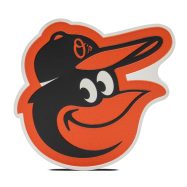


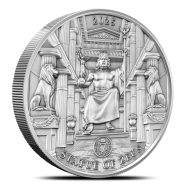
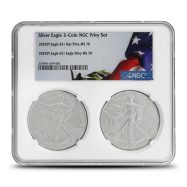
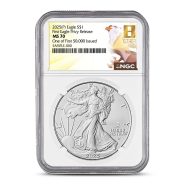
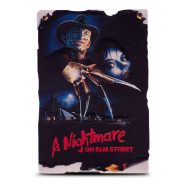
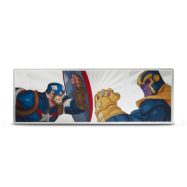
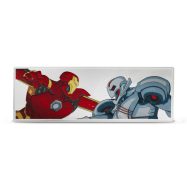
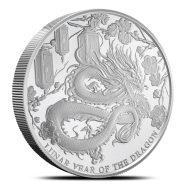
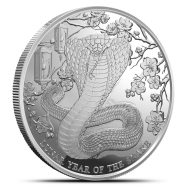
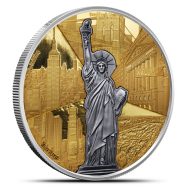
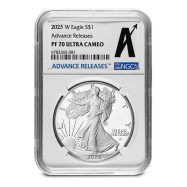
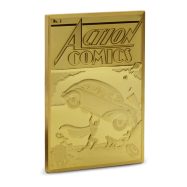

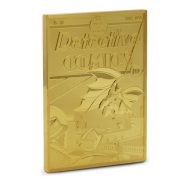
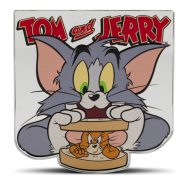
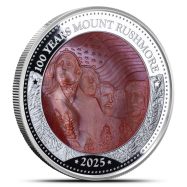
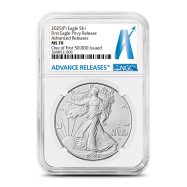
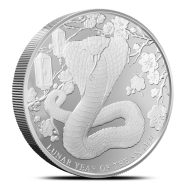
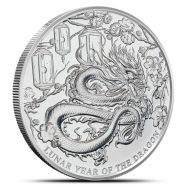
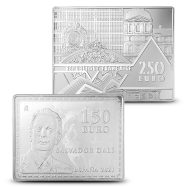
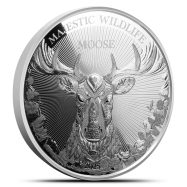
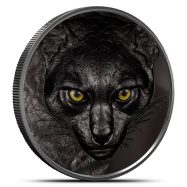
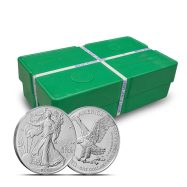
Silver coins have been in circulation and used as currency since ancient times, and from as early as 612-330 B.C. the Persians used silver coins in trade. They are, by far, the oldest mass-produced coins still in existence. People purchase silver coins for a variety of reasons, including as collectibles, as a way to store value, and perhaps as a way to hedge against inflation of the standard currency. Many things can determine the value of a coin, such as condition, demand, rarity, and number created.
Silver coins consist of pure silver and are typically 1 troy ounce, although several are minted in fractional weights. There are two key resources for purchasing coins: local dealers and online marketplaces. When you research your options for purchasing silver coins, look at fees, availability of coins you desire, potential shipping fees, and insurance prior to purchasing. It’s important to find a reputable dealer once you’re ready to invest in silver coins.
Another important factor to consider is the storage of your coin collection. Options include purchasing a safe to keep your coin collection in your home, using a safety deposit box at your local bank, or using a storage firm. The value of your collection may dictate the best option for you. Make sure you have a plan to keep your new coin collection safe.
Several countries mint silver coins, each with their own unique design and features. Prices will reflect the overall value of the coin at purchase. A bullion coin is a coin made only from a particular precious metal. For instance, a silver bullion coin is made out of pure silver. The primary purpose of purchasing bullion coins versus numismatic (collectors’) coins is to invest in the precious metal itself, silver in this case. Numismatic coins are purchased to add to collections and often cost more due to scarcity, popularity, and historical significance, among other factors.
If you’re looking to add to your collection or branch out your investment portfolio with the purchase of silver coins, you should consider annual release silver coins and special issue silver coins.
Sovereign mints produce some coins with the same weight and metal content annually. These silver coins are backed by a government or central bank that guarantees their weight and purity. The following coins are examples of annual release silver coins:
The American Silver Eagle is a 1-ounce coin authorized by the U.S. Congress in 1985 as a part of the Liberty Coin Act and backed by the U.S. Government. It’s minted at West Point Mint, San Francisco Mint, and Philadelphia Mint and features Lady Liberty and an American Bald Eagle. [1]
The Canadian Silver Maple Leaf coin features an iconic single maple leaf, arguably the most recognizable symbol of Canada. It is unmatchable because of the Royal Canadian Mint’s MintShield technology, which reduces white spots. The coin offers additional security with the addition of a radial line, and a light diffracting pattern.
The reverse design features Walter Ott’s sugar maple leaf. This design has been consistent since the inception of the series. The obverse design displays the reigning British monarch. These designs have included the following:
This coin is considered legal tender in China. It’s made of .999 fine silver annually with a different image of the giant panda, a beloved Chinese icon. There are many limited mintages of the Chinese silver panda, which adds to the scarcity aspect of value.
The British Silver Britannia has been made with increasing fineness since 2013 and forward, boasting .999 fineness. The Royal Mint commands respect and provides high recognition, with this coin as no exception.
Another major bullion coin to adapt the design annually is the Australian Silver Kookaburra. It is issued in four sizes: 1-ounce, 2-ounce, 10-ounce and 1-kilogram. This official series began in 1990 and includes a multitude of variations for special occasions and shows. [2]
Another iconic symbol of Australia is included on the Australian Silver Koala, which is minted in .999 fine silver. This coin was initially released in 2007 and has steadily increased in popularity. It’s adored for its superior finish quality and impressive designs. The Silver Koala is considered legal tender with a face value of one Australian dollar.
Along with the koala, the kangaroo is one of the most easily recognizable symbols of Australia, thus captured on the Australian Silver Kangaroo coin. Each version features a red kangaroo atop a starburst made with .9999 fine silver.
Several mints release special-issue silver coins with unique weights and limited-time designs, often in celebration of events, places, or people. A few examples of special-issue silver coins include:
This coin set debuted in 2010 and incorporates 56 designs representing 50 states, five territories, and Washington D.C. It includes five new designs printed annually that are then discontinued upon completion of the release year. Each America the Beautiful coin is 5 troy ounces of .999 pure silver.
This set of Queen’s Beasts silver coins includes 10 designs representing signature beasts from different coats of arms from the rich history of England’s monarchy. It is available in either 2-ounce .9999 pure silver bullion or .999 pure silver proof in 1-ounce, 5-ounce, 10-ounce, or 1 kilogram.
The Native American Silver Dollar Coins are minted by the Native American Mint. Although they are not legal U.S. tender, they have a face value of $1 backed by the issuing tribe. Each design represents an indigenous North American tribe and features a design of the tribe on one side, and the reverse includes an animal important to that tribe. [3]
It may not carry the same weight and reputation as gold, platinum, and other precious metals, but silver is still an excellent investment choice. Silver is more practical for everyday purchases, as you can liquidate it in much smaller dollar amounts than other forms of a physical asset. Also, in a bull market, silver will outperform gold because it’s a much smaller market to begin with. Another benefit to buying silver is that it is gaining ever-increasing popularity in the industrial sector. Over half of the silver market silver is in industrial applications. This keeps a steady demand for silver and drives up its price.
Since many silver stackers are metal purists, they don’t necessarily flock toward “gilded silver coins” which are coins that incorporate a thin layer of gold onto them for design purposes. The thin layer of gold is rarely ever significant enough in weight to have a meaningful impact on the metal value of the coin, and if you were ever to melt the coin down for its metal then you would need to separate the two. Separating gold and silver is not a complicated process, but it does involve nitric acid, which many people don’t have readily on hand, let alone access to a metal kiln. Still, there can be significant numismatic value added because of the unique design and often limited mintage. Because of this, gilded silver coins can carry a hefty premium and grow in value over time beyond the value of their metal content.
Purists love the simple and elegant shine of silver itself, but the grayish color can be limited when it comes to design. That’s why colorized silver coins have become popular among collectors, and often find demand outside of traditional coin collecting circles. A lot of licensed collectible coins and rounds, for example, will be colorized, particularly to give the right look to the licensed intellectual property being featured on them. This is especially true it seems when it comes to cartoons, with some popular colorized silver coins featuring popular cartoon characters like Mickey Mouse or Bart Simpson. Coins like these attract silver stackers, but also fans of the particular characters.
Contact the BullionMax with any questions you may have. Our team can be reached via email, through our online chat feature, or by calling us at 800-729-3202.
Whether you're new to Precious Metals, or just new to BullionMax, we're glad you are here. Stay informed of Our Special Offers.

Mon-Fri, 8am - 6pm CT



Precious Metals Essentials at Below-Reasonable Prices
Copyright © 2025 BullionMax. All rights reserved. Your Privacy Choices 
